The St. Louis Blues ended a season, in which they found themselves in last place in early January, by winning their first Stanley Cup in franchise history. With that sort of success, teams looking to win will naturally try to follow their lead. With that in mind, I think there are some very easy pitfalls teams will find themselves in by misreading how the Blues won the cup. I have come up with a list of three true takeaways I think people should take from this unbelievable run.
Patience Is a Virtue, but Complacency Is Not
In finance, a trader can make a lot of money by avoiding basing trades on the whims of the market. Someone who keeps their decisions rooted in logic can avoid fluctuations that will ultimately lead to reactionary decisions. When the market goes down, you do not sell your position, you often buy more shares. Making a decision based off of emotion is never a smart way to do business. I believe one of the biggest lessons we can learn from the Blues’ Stanley Cup Championship is that teams should take advantage of their peers making brash decisions, trust their own decisions made based on logic, and be patient but not complacent.
The biggest move the Blues made in the summer of 2018 was to acquire Ryan O’Reilly in a trade on July 1s from the Buffalo Sabres. It is hard to know exactly what was said about O’Reilly within the Sabres organization, but I think it is safe to say that the urgency with which they pursued trading him was driven by comments he made following their season about losing his love for the game while in Buffalo. Trading a player based on those types of comments comes off as reactionary, and does not leave you in a position of strength when dealing with other teams. The Blues’ general manager Doug Armstrong took advantage of this seemingly brash decision and acquired the now Frank J. Selke Trophy winner as defensive forward of the year and Conn Smythe Trophy winner as the most valuable player in the playoffs, for a fairly lackluster return.
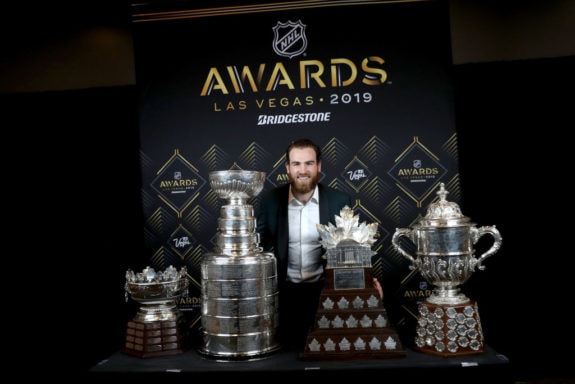
However, the season began so poorly, that there was a time that Armstrong was exploring trading many of the top players on the roster. In fact, in November, Sportsnet’s Elliotte Friedman went as far as saying, “…the Blues are open for business.” Most people were pretty shocked at St. Louis’ start, but Armstrong ultimately decided to trust the process and keep his roster largely together. This patience was ultimately rewarded.
With that being said, I am so interested to see teams make foolish decisions to keep their rosters intact because of the team’s turnaround this season. I am sure there will be a least a few teams near the bottom of the standings who think, “The Blues went from worst to first, why can’t we?” Their roster should have always been good, it was full of quality players up and down the lineup. There were many new faces on the roster, and the players just needed time to get used to playing together. The Blues were also far from complacent, making decisions to fix their very real problems behind the bench and in net, by replacing coach Mike Yeo with Craig Berube, and calling up Jordan Binnington to replace Jake Allen as starting goalie.
If You Can Draft a 6-foot-6 Athletic Defenseman, Then Do It
The Blues are a big team, but that is not why they won the Stanley Cup. I guarantee a team of 20 Patrick Kanes, who is listed at 5-foot-10, would have beaten the Blues, and the series would have been pretty darn short.
The Blues combined size with great north to south puck movement, incredible defensive discipline, and a relentless forecheck. Taking players with size for the sake of size is missing the skills that made this team so good. Take Patrick Maroon, for example, as I wrote a piece on him during the playoffs. A team might look at him and think they need to pick up big players because of his success. However, that is ignoring the fact that Maroon has always been a good possession player and has always had good analytics numbers because he combines his size with great hands and hockey sense to go to the right areas of the ice.
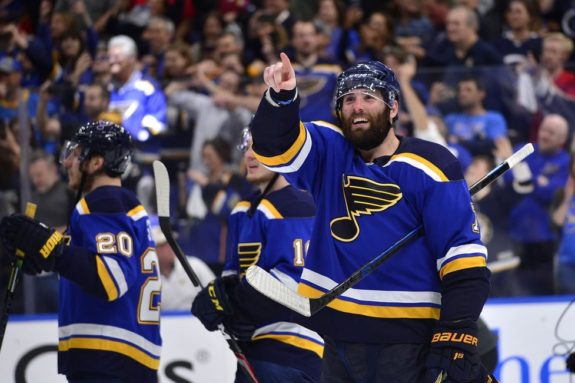
With that being said, size can be very beneficial with all other skills being equal. That leads me to the real takeaway everyone should be focusing on with this team, and that is that Colton Parayko is a special hockey player. If you have a chance to draft a 6-foot-6 defender who can absolutely fly, has a bomb for a shot, and brings it all together with a great mind for the game, then you should. However, you might end up wasting your career trying to find such a rare player.
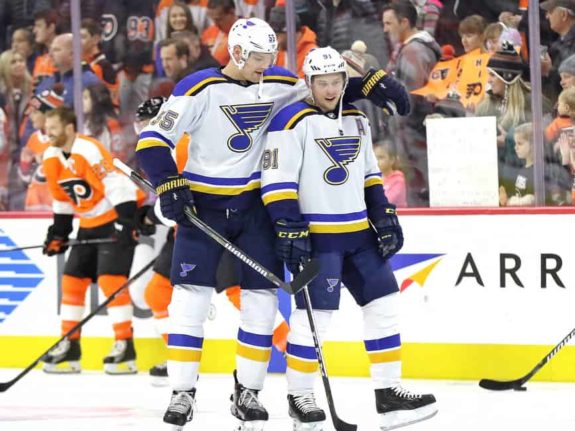
I wrote an article recently that went into how much Parayko has limited opposing teams’ top players while he is on the ice, so I won’t get into the numbers. However, he played such an important role in every single series in shutting down the opponents’ top players. He really should have been a Conn Smythe candidate. After these playoffs, I do not think it is a stretch to consider him possibly being the best defender in his own zone in the NHL.
Physicality Must Be Functional
The Blues were very physical during their playoff run. In fact,they ended the playoffs with 819 hits, which was 78 more than the Bruins, and almost 200 more than any other team. We cannot deny that physicality played a role in these playoffs, but there is certainly a danger in blindly pursuing physicality.
The Blues were very functionally physical, meaning that their physicality actually led to them getting possession of the puck. Below you can see the Blues’ players charted by hits versus takeaways during the playoffs using data from Natural Stat Trick.
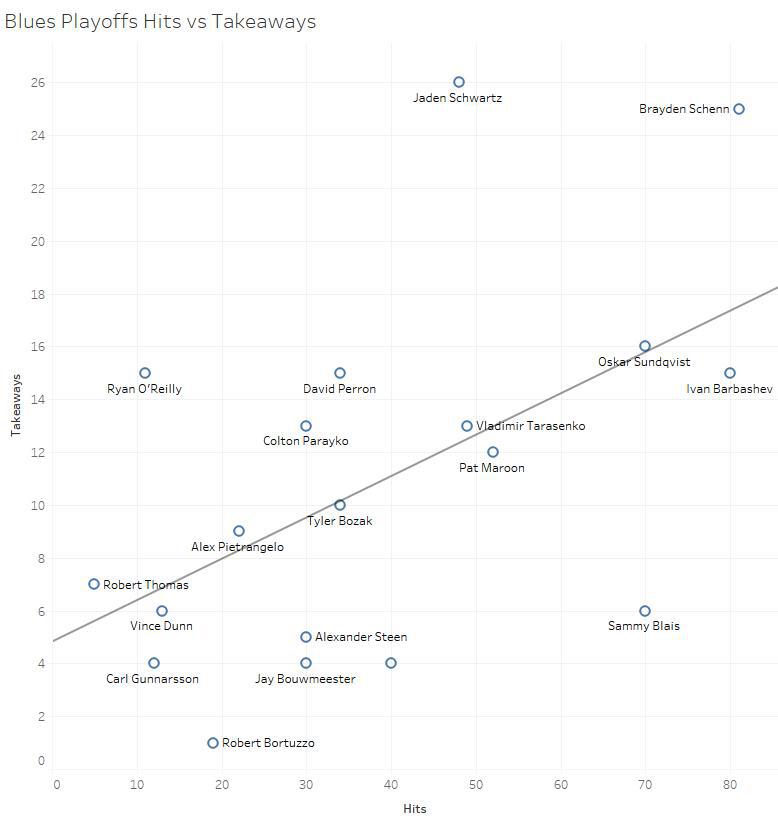
As you can see, there is a fairly strong correlation between the number of hits a Blues player had and the number of takeaways he earned. This was because the team was very physical on the forecheck and pressured opposing defenders into giving up the puck. This led them to either create scoring chances or put sustained pressure on the opposing team, ultimately wearing down the opposition. To compare the Blues with other teams, I created the below chart showing all players during the regular season charted by their hits versus takeaways.
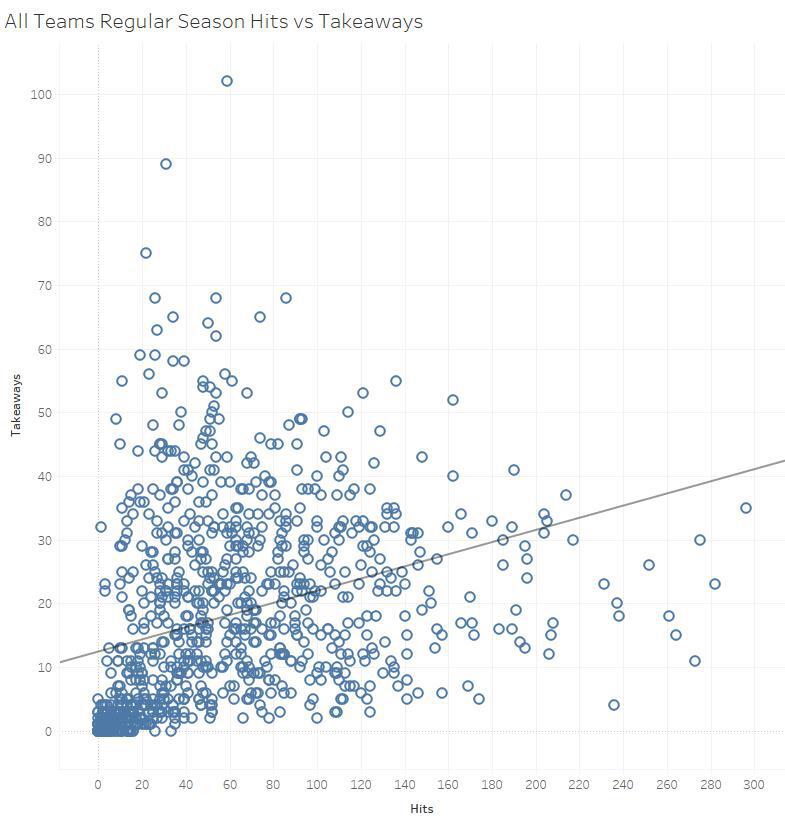
The correlation is much less strong than it was for the Blues during the playoffs. In fact, using the equations of both lines, the Blues would have had nearly 40 fewer takeaways during the playoffs if they played an average physical style. That takeaway differential could have been the difference between winning and losing a series. Physicality is good, but only if it leads to separating an opposing player from the puck and gaining possession for your team.
As Armstrong recently said, “I don’t think you’ll have success in this league trying to copy the team that won the previous year.” Ultimately, there will be teams that attempt to copy the Blues. The problem with this team is that it is easy to get caught up in things like size, physicality, or misguided belief as to the reasons for their success. I think the Blues’ success is a lot more complicated than that.